On May 21, SouthFront released a report on NATO’s militarization of Eastern Europe. Since then, this tendency has developed even further, especially in the Baltics. The following is an overview of key NATO military drills, most of which are focused around the region. Some of them have already taken place, while others are yet to happen.
RAMSTEIN GUARD
The first exercise from the year, that actually lasts throughout the entire year, it has 12 iterations, one for each month.
The NATO Electronic Warfare Force Integration Programme is a means to exercise the NATO designated regional elements of NATO’s Integrated Air and Missile Defence System conductedthrough the CAOCs while also including some national systems and assets. It is designed to train AC Ramstein and subordinate units on the reporting/ coordination requirements while exposing them to a wide variety of EW tactics and techniques in a controlled environment.
It has no specific location; it takes place in a different country each month. The June 2019 one, 6th in the series happened in Spain.
DYNAMIC MANTA
Annual NATO aero-naval exercise aimed at testing submarine warfare and anti-submarine warfare capabilities. It provides a framework for naval forces to maintain high readiness and ability to operate together. The exercise involves naval and air units from different NATO countries.
The exercise took place between February 25th and March 9th, in Italy and primarily in the central Mediterranean Sea.
Dynamic Manta 2019 brought together units and more than 3,000 sailors and airmen from 10 Allies (Canada, France, Germany, Greece, Italy, Netherlands, Spain, Turkey, the United Kingdom and the United States) to simulate the hunt for undersea adversaries. In order to succeed, NATO forces have to use a combination of sea-based, airborne and submarine assets to find and neutralise submarine threats.
POSEIDON
A Romanian-led mine research exercise in Black Sea, aimed at increasing interoperability between NATO navies and enhance their ability to neutralise underwater threats. The Standing NATO Mine Countermeasures Group Two (SNMCMG2) will take part.
It took place between March 1st and 8th in the Black Sea.
According to organisers, taking part in the multinational Poseidon 19 exercise organised by the Romanian Naval Forces (FNR), March 1-8 in Constanta Port and in the districts of the Romanian territorial waters and the international waters of the western Black Sea basin are over 1,300 Romanian and foreign troops representing five other nations (Bulgaria, Turkey, Ukraine, Croatia, Germany, Greece), 16 warships and five pieces of aircraft (one Puma Naval helicopter, two MiG 21 LanceRs and two F-16s of the Romanian Air Force ).
The main objectives of the exercise were to strengthen interoperability between ships and crews participating in a multinational context as well as to certify the FNR combat units provided to NATO in the coming period, with the warships scheduled to leave the Constanta Port on Monday for exercises at sea.
“The illegal annexation of the Crimean Peninsula by the Russian Federation in 2014, the frozen conflicts in Transnistria and Georgia, the tense situation in eastern Ukraine and the Azov Sea area are generating instability in the eastern neighbourhood of the European Union and NATO; one of the assurance measures for the NATO allies in the Black Sea region is strengthening the navy presence in the sea basin,” reads a press statement released the Romanian Navy’s Chief of Staff Alexandru Mirsu.
NATO-GEORGIA EXERCISE
This is the second multinational NATO-Georgia exercise, hosted by Georgia. More than 20 NATO Allies and partners, as well as international humanitarian organisations, will take part. The aim of the exercise is to improve interoperability between NATO and Georgia and educate the Georgian Armed Forces about NATO standards for collective training and exercise. This will be a computer-assisted exercise with a non-Article 5 scenario.
It took place in Georgia, between March 18th and 29th.
A total of 343 military and civilian personnel from 24 countries, including 21 NATO member states and Azerbaijan, Sweden and Georgia, participated in the exercise.
According to the Georgian defense ministry, the exercise is to further develop the interoperability of Georgian forces with their partners. It will also test their ability to adopt a comprehensive approach to crisis response, involving civil-military cooperation with international organizations and non-governmental groups.
JOINT WARRIOR 2019
The UK-led exercise took place between March 30th and April 11th, in the Scottish Exercise Areas. It was initially planned to take place between April 22nd and May 5th, but was pushed forward.
The drill is a major bi-annual (spring and autumn) multi-national exercise which takes place in the Scottish Exercise Areas. Planned and co-ordinated by Northwood staff it is facilitated through Faslane which is used as the Headquarters throughout the exercise. Much of the activity occurs well offshore, so it combines land and naval based forces, as well as air forces.
It involved around 10,000 troops from 13 nations and provides a complex environment in which British, NATO and Allied units can train together in tactics and skills for use in a combined joint task force. The exercise runs through a range of scenarios, including crisis and conflict situations, that could be realistically encountered in operations – disputed territory, terrorist activity, piracy and more.
Participating countries were Belgium, Canada, Denmark, France, Germany, the Netherlands, Norway, Poland, Spain, Turkey, the United Kingdom and the United States and NATO partner country Australia.
LOCKED SHIELDS
One of the world’s largest and most complex live-fire cyber defense exercises, hosted annually by the NATO Cooperative Cyber Defense Centre of Excellence. NATO cyber defenders participate alongside their colleagues from many Allies and partners. The exercise simulates responding to a massive cyber incident, including strategic decision-making, legal and communication aspects.
It took place in Estonia, between April 9th and 11th.
The team from France won the largest and most complex international live-fire cyber defence exercise Locked Shields 2019. Czech and Swedish team took second and third place respectively.
“The winning team excelled in availability, usability and providing services for the customer,” said Lauri Luht, Head of Cyber Exercises at NATO Cooperative Cyber Defence Centre of Excellence (CCDCOE).
“Every single participating team deserves credit for tackling the complex cyber challenges of Locked Shields exercise. This year the exercise evolved around 4000 virtualised systems that had to take more than 2500 attacks. In addition to maintaining more than 150 complex IT systems per team, the Blue Teams had to be efficient in reporting incidents, executing strategic decisions and solving forensic, legal and media challenges. Protection of critical infrastructure is essential to ensure the efficient operation of both military and civilian organisations, it is the foundation of our modern digital lifestyle,” added Luht.
In 2019 the exercise highlighted the growing need to enhance dialogue between technical experts, civil and military participants and decision-making levels. The CCDCOE integrates the technical and strategic game, enabling participating nations to practice the entire chain of command in the event of a severe cyber incident involving both civilian and military players. Reflecting real world cyber threats, the exercise addressed first and foremost the protection of vital services and critical infrastructure
RAMSTEIN ALLOY 1, 2 and 3
These are live Exercises for Article 5 scenarios, focused on the Air domain. Their aim is to promote interoperability, coordination and work with partners Finland and Sweden.
The Ramstein Alloy series promotes NATO and Partner nation coordination and enhances relationships between air forces in the region to help develop interoperability by exercising rotational Baltic Air Policing, Quick Reaction Alert Intercept and regional partner air forces in pertinent tactics, techniques and procedures.
All three of them take place in the Baltic states, with the addition of Finland and Sweden. The first one took part between April 15th – 17th, while the other 2 are upcoming – the second one will take place between June 24th – 26th, and the 3rd one between September 17th – 19th.
SPRING STORM
A large-scale live exercise of the Estonian Defence Forces, with participation from NATO’s enhanced Forward Presence and other Allied forces. Some 10,000 military personnel are expected to participate.
It takes place in Estonia and spans across two weeks. The initial plan was for it to take place between April 29th and May 10th. In reality it took place between May 6th and 17th.
Around 1,000 Allied troops assigned to NATO’s multinational battlegroup stationed in Estonia are taking part in the training. They are supported by Typhoon fighter aircraft from the United Kingdom and Germany alongside Polish aircraft, and Wildcat, Apache and Pavehawk helicopters. Some 2,600 Estonian conscripts are also taking part in the exercise which will mark the completion of their training. Spring Strom is also the main training opportunity for the country’s reservists with more than 2,300 taking part.
“Spring Storm shows NATO is capable to defend against any adversary”, said NATO deputy spokesman Piers Cazalet. “It tests how well our forces work together and it is a strong expression of Allied solidarity.”
https://youtu.be/hciyX5khRWQ
NOBLE JUMP EXERCISE
The first, table-top phase of this exercise will test the activation, deployment planning and readiness of the Very High Readiness Joint Task Force 19. This exercise will activate the overall NRF and forces moving from their home stations to their points of embarkation. The second, live portion, starting on 1 June, will test the deployment of elements of the VJTF and the role of NATO Force Integration Units. An exercise in the land, maritime and air domains, Noble Jump will test interoperability and command and control.
It ran between May 24th and June 14th, in Poland’s NATO HQ.
The first phase of the exercise began May 24, when NATO alerted its Very High Readiness Joint Task Force, or VJTF.
Within 48 hours, the VJTF’s “Spearhead” battalion was ready to deploy. Three days later the complete VJTF brigade was on standby.
The most visible phase of NATO’s exercise began on June 3rd with the deployment of nearly 2,500 German, Dutch, and Norwegian troops and some 1,000 vehicles to the field training area.
“Noble Jump is a defensive exercise,” said U.S. Admiral James Foggo, who commands Allied Joint Force Command Naples and the NATO Response Force 2019. “It will prove our very high readiness ground troops are ready and rapidly deployable, wherever and whenever needed. Readiness and mobility are key to NATO’s deterrence posture.”
SUMMER SHIELD
This annual multinational training exercise led by Latvia tests a broad range of combat support elements, including artillery, air defense and reconnaissance. The exercise involves around 2500 troops.
It took place between June 2nd and June 15th in Latvia.
The aim of the exercise is to promote the interoperability and compatibility of multinational force, enhance air-land operational command procedures and advance the capabilities of Combat Support and Combat Service Support units. These units will have to provide operational support to Infantry units.
BALTOPS 2019
This exercise is one of the year’s most significant ones.
It is a US-led maritime exercise, in which Denmark, Estonia, France, Germany, Latvia, Lithuania, the Netherlands and Poland, as well as partners Finland and Sweden, took part.
It runs between June 3rd and 21st, thus it is still on-going and takes place in the Baltic Sea, the Baltic States and Poland.
BALTOPS is the premier annual maritime-focused exercise in the Baltic region and one of the largest exercises in northern Europe, enhancing flexibility and interoperability among allied and partner nations.
The exercise includes the participation of 50 surface ships, 36 aircraft, two submarines and 8,600 personnel in a joint operational environment. It is led by the US Navy’s 2nd Fleet.
Russia’s Baltic Fleet also keeps an eye on the exercise, paying attention to everything that is taking place.
SHABLA 19
At the same time, so Bulgaria doesn’t feel left out, this smaller scale exercise took place in the country to improve cooperation between the US Army, the Bulgarian army and the Serbian Army.
https://twitter.com/DeptofDefense/status/1140378518104301568
Bulgaria is hosting Shabla 2019 air, missile, and defense joint military exercise. Over 1,000 Bulgarian military personnel, 80 American military personnel, and approximately 300 Serbian personnel took part.
SABER GUARDIAN
A bi-annual US Army Europe-led, multinational exercise. Around 27,000 people were expected to take part this year.
The exercise takes place in Bulgaria, Romania and Hungary. It is still running, as it began on June 3rd and continues through June 24th.
Included among the many different training events at SG19, there will be vehicle road marches, a medical exercise, multiple river crossings and an air assault. SG19 is designed to improve the integration of multinational combat forces.
TOBRUQ LEGACY 19
This exercise will set up, train and exercise multinational Surface-Based Air and Missile Defence. It will involve roughly 3500 personnel from 19 Allies.
It takes place in Poland between June 3rd and 19th.
The exercise involved troops and equipment from Poland, Hungary, Germany, the Netherlands, Romania, Slovakia, the United States of America, Czech Republic and the UK.
In total, approximately 4,800 personnel and 1,200 hardware units took place.
https://youtu.be/7MGctLqatsk
DYNAMIC MONGOOSE
It’s an annual NATO exercise to train submarine warfare and antisubmarine warfare for submarines, anti-submarine surface units and maritime patrol aircraft. This exercise will involve up to 500 participants.
It will take place in Norway, between June 22nd and July 11th.
There is little other information available regarding the event.
These are the most significant drills for the first part of 2019. There are numerous others that are taking place on the other side of Europe, but they’re not as significant. These are by no means all of them, since for 2019 NATO has planned 102 exercises in total.




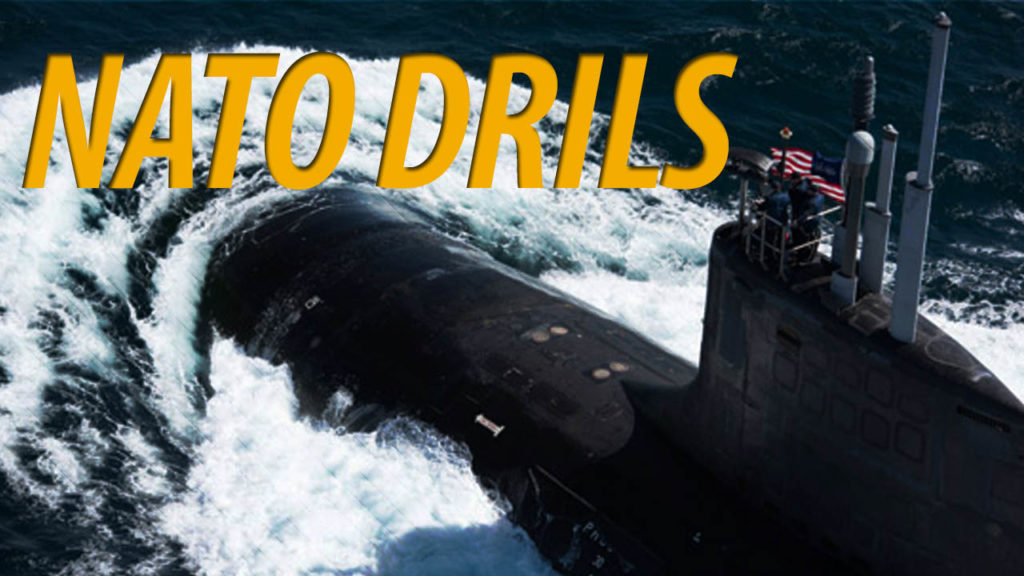
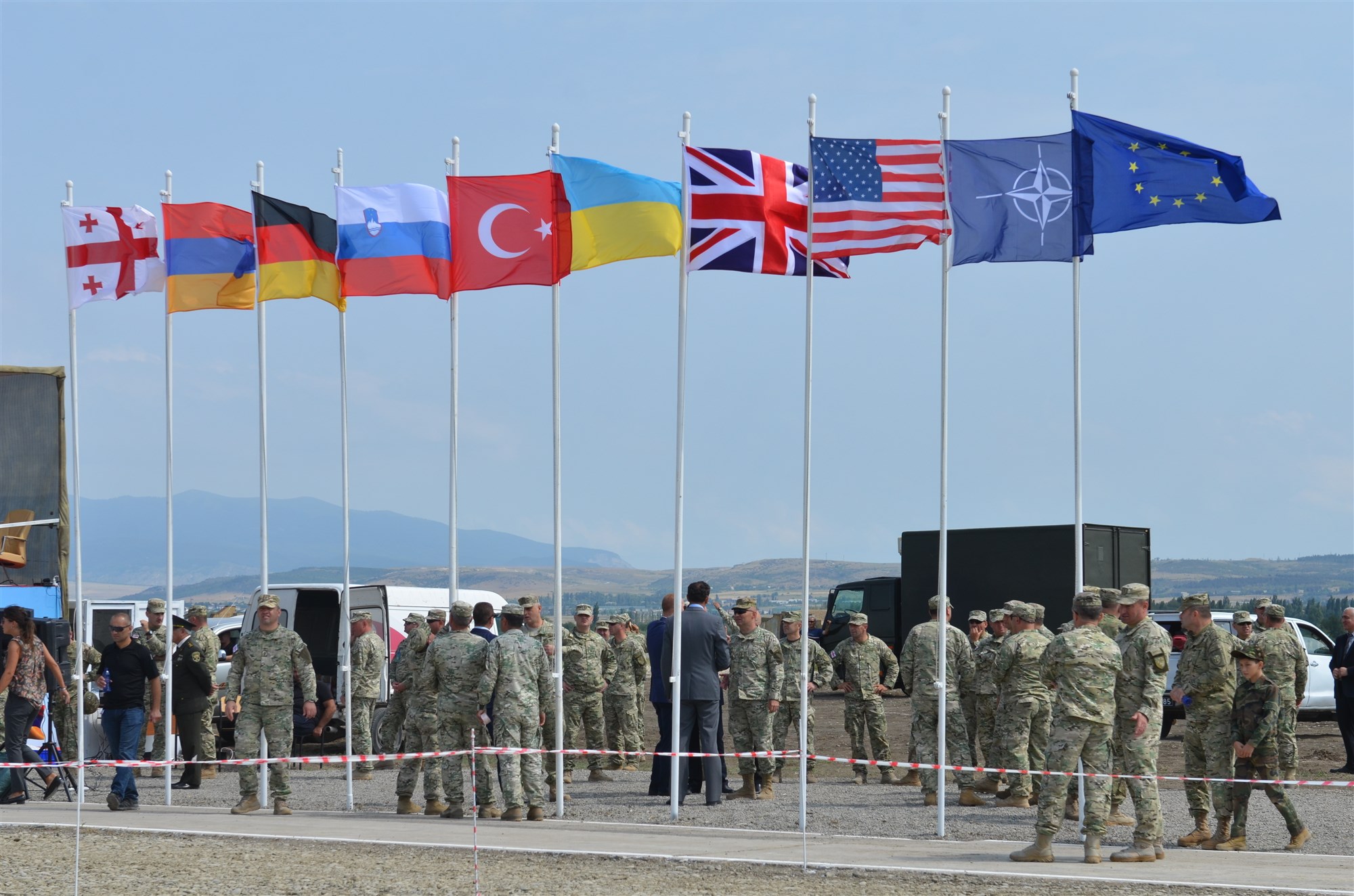
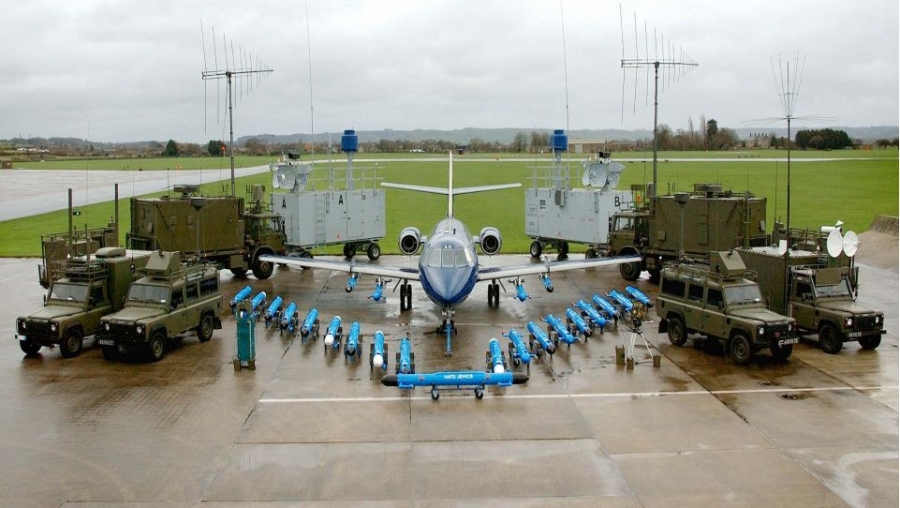
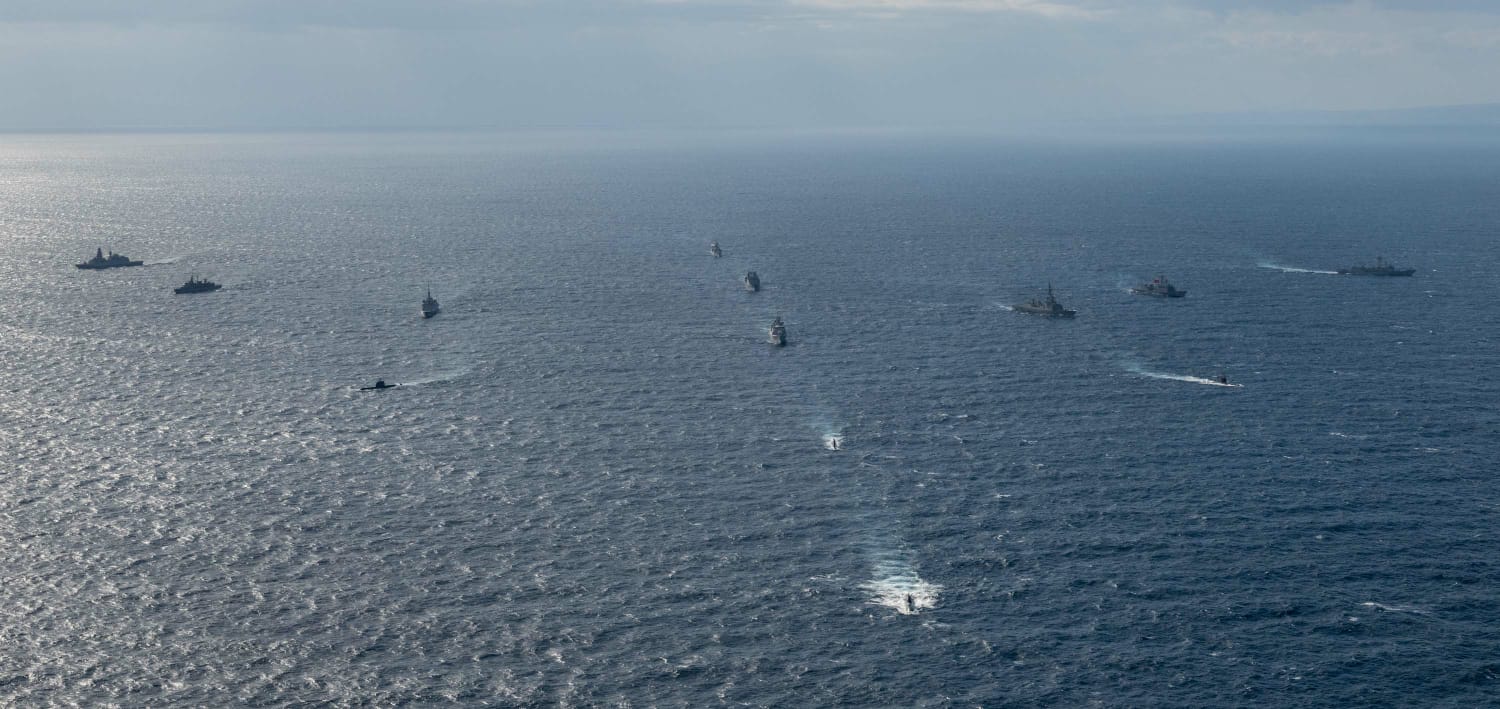
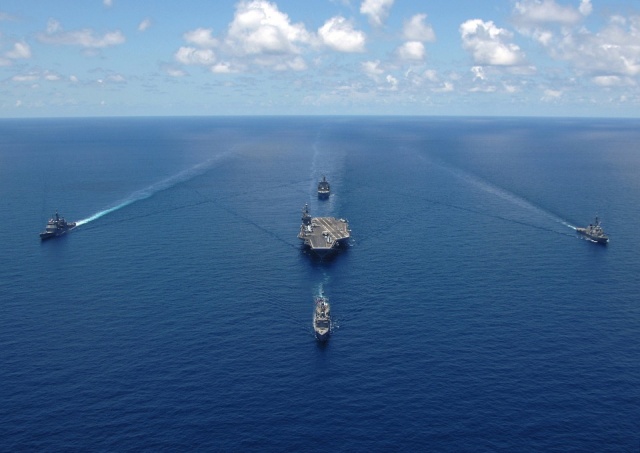
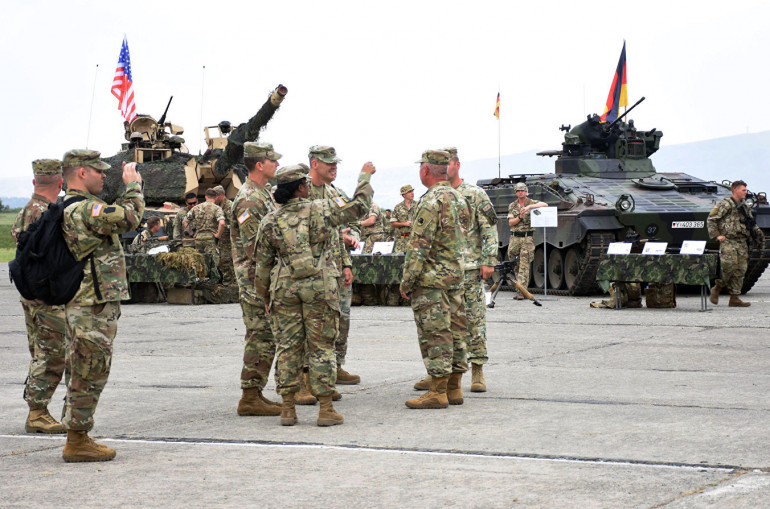
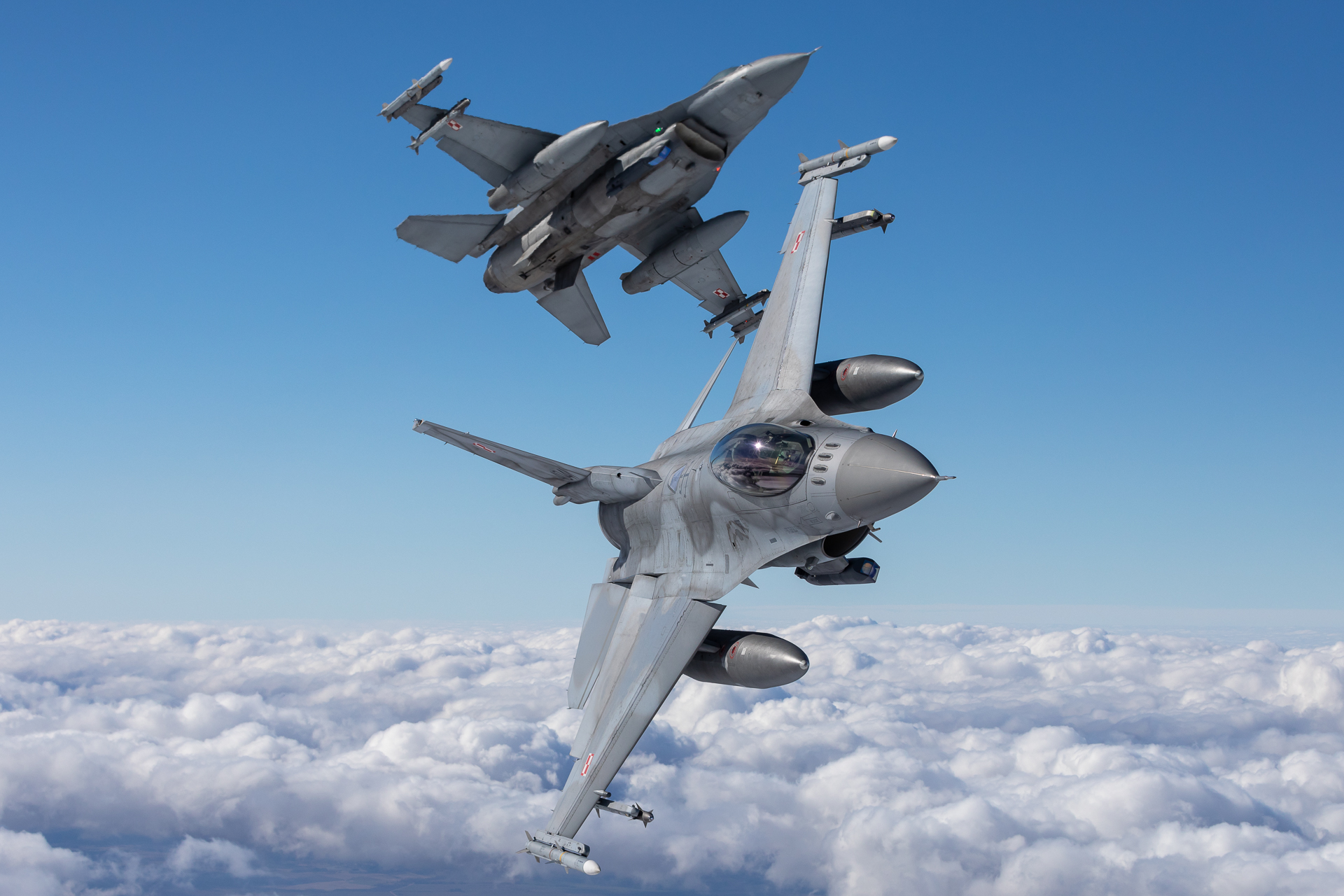
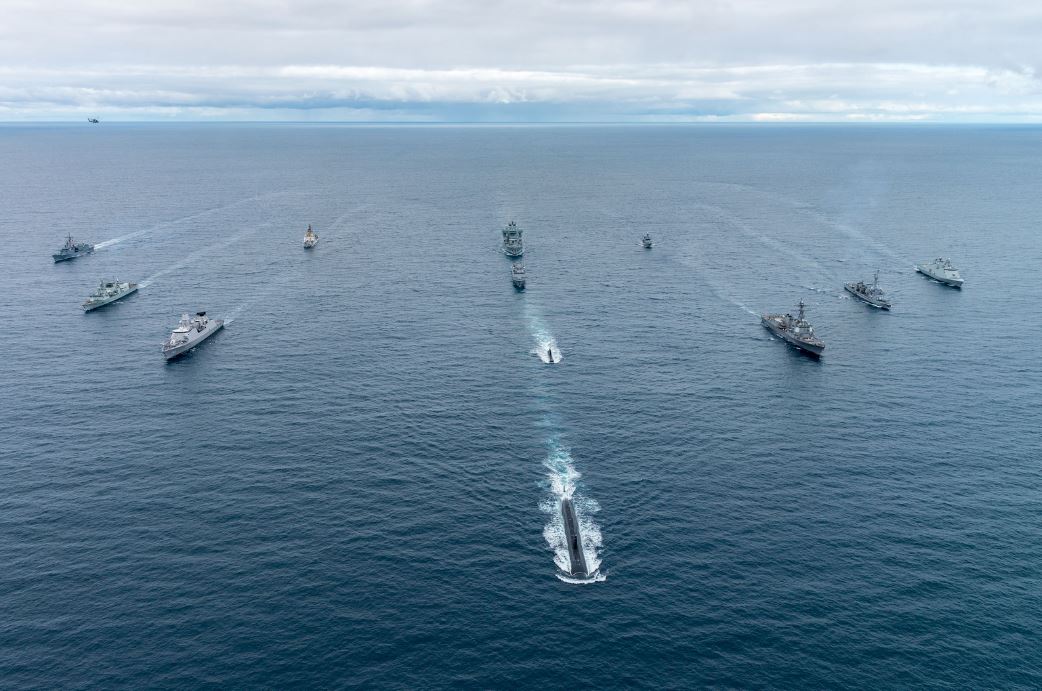
To Fuck With Nato!
Georgia and the Ukraine aren’t even in NATO. This is just a tease Russia American bully thing.
That flag of Slovenia is probably there to honor mrs. Trump.
“Georgia and the Ukraine aren’t even in NATO” why butt hurt for it?
Their flags in the pic.
If you had read the article you’ve known why their flags are in the pic.
Because they could not get passed the least equipped Ukrainian troops to make putins land corridor to the stolen crimea . ha ha Now Ukraine is much better equipped to generate cargo 200 .
Can you translate that?
Ukraine is so well equipped, it can leave the rust buckets in Crimea. Or is that because they cannot afford to return the ships back to Ukraine?
Nuke NATO!
Lel just try
It’s pretty ironic how Nato / Western powers went all ape s**t when Zapad 2017 and Vostok 2018 were held, compared to what the former had and are now, conducting.
That’s because you let yourself influenced by clickbait titles.
You could be right. It’s all dirty commie Russian propoganda. NATO would NEVER instigated anything before, now and in the future.
Especially when they saw what Russia could assemble, without writing anything off, let alone having to deal with drunken Forces, and various accidents. That was before the exercises even started? How many drunken US Forces, ended up in an Iceland Prison Cell, prior to their mega exercise, where just 30,000 teamed up.
Russia, 300,000 turned up and that was before you looked at the kit they took with them.
This is typical Deep State – Globalist – US Neocon warmongering stuff to antagonise and demonize Russia, which is a ongoing never ending campaign. It’s identical to the Nazi Regimes demonisation of Poland and Czechoslovakia in 1937 and 1938 prior to outright war. One may expect false flag event(s) to materialise as the Globalists, who started WW1 and WW2 and countless other wars since 1945 around the world, are urgenty pushing to start WW3 against Russia. To say the globalist NATO is profoundly evil is putting matters very mildly!! The puppet masters, who also own and control the US – EU Military Industrial Complex, which garners huge profits from war, is controlled in totality by the International Merchant Banksters led by the Rothschild’s and their coterie of fellow travellers. Beware the siren calls of their also totally controlled corrupted and also evil Mainstream Media!!
YA BABY cant touch this , this aint no little charade I mean parade thru town .
it ain’t 300,000 military personnel and all their weapons and systems either, which is the average Russian military exercise, is it not?
3000 NATO – or 300,000 Russian – know which one I would prefer to watch.
What a waste, and polluting the beautiful countries.
Would seriously love to see a Russia military exercise in the Black Sea, with at least 300,00 serving military personnel, together with whatever weapons and systems, can support them. Just to see NATOs reaction, comparing their 3,000 to a small branch of Russian military, consisting of 300,000.
Might shut NATO up for a while.